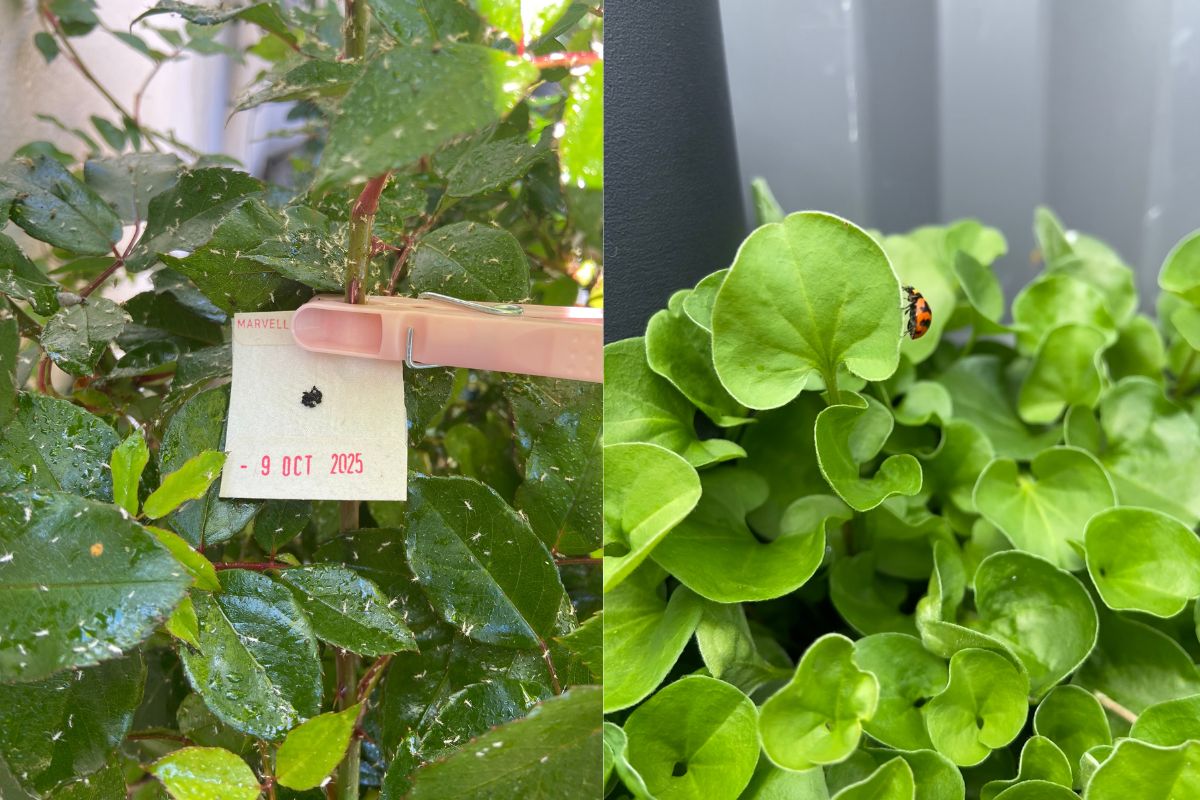At Urban Revolution we are all about finding and sharing ways to live lighter on the planet, restore the land and grow good food.
And – despite the name - that goes just as much for the rural setting as the urban.
I am the new kid on the block at Urban Revolution and with my partner Naomi, I share 136 acres of land in the beautiful Chittering Valley, right in the Brockman River.
It’s a deeply incised valley with flooded gum trees along the river, marri and jarrah in the mid-slopes and jarrah, wandoo and banksia woodlands in the high country.
And like everywhere, water is the abiding challenge.
Our place has other challenges – steep slopes and major loss of topsoil from previous land uses.
I was lucky enough to attend a three-day permaculture earthworks course on a property in Beverley in 2017 with WA permaculture legend Ross Mars and Don Woodcock from Australian Farmland Conservancy.

I knew then that we had to run a similar process at our place to achieve the joint aims of healing the land and spreading skills and knowledge to others who share similar passions.
The course is designed to build students’ skills in making a farm water plan, surveying drains and swales in the rural setting using laser and dumpy levels, and understanding what goes into building silt traps, dams and soaks.
It provides a good insight into the various types of earthmoving equipment – from bulldozers and backhoes, to graders, mini excavators, bobcats and dingoes – and just what they can achieve on the land.

We run our place as a Land for Wildlife property, using veganic permaculture approaches to restore the land as habitat for the critters and produce food for us.
Our aim with the earthworks course was to undertake works to capture and store more water in the soil – the best place to store water – to boost our revegetation projects, and to improve surface water diversion to provide better summer water sources for the wildlife.
The process started with Ross and Don walking on site and working with us to consider some options for earthworks.
Don used Google Earth Pro to rough out some draft designs while Ross engaged with machinery operators to organise soil sampling, that is using an excavator to dig around in a few sites to determine the soil-clay-rock profile. This would, of course, inform best sites for swales, and the new soak we had planned.
We aimed for about 15-20 students to attend the course, most of whom stayed on the property for the weekend, in our case sharing excellent vegan cooking from our chef Jenny. A background in permaculture study is desirable but not essential.
The two days involved some – but not too much – time in the classroom with presentations on property planning, dam design, survey techniques, how drains and swales function and Keyline design and cultivation. We covered earthmoving machinery types and uses, how to calculate rainfall run-off and water harvesting potential in different situations.
Then it was time to hit the ground with teams using laser and dumpy levels to survey new swales and drains, ready for the grader and excavator to do their work.

As a side note, students were given a quick introduction to using A-frame and Bunyip water levels which are cheap, DIY alternatives to allow people to survey their properties.
The swales were pegged on the contour, to capture water flow down the slope and spread it across the paddock, allowing the water to infiltrate the soil and form a lens of underground water. Trees will be planted on the downslope side to take advantage of the enhanced water supply.
Drains were surveyed at a one in 200 gradient to ensure water is gently diverted off driveways and firebreaks into an existing dam and a new small soak created using a backhoe.

Rocks were collected from the property and the team of students installed silt traps to slow down the water flow so that silt is dropped out before it reaches the dam. The traps will be periodically cleaned out to keep the water flowing.
A quick session on soil types, ribbon and dispersion testing wrapped up the course.
In just two days – and based on good preparation and planning – we used a grader, backhoe, bobcat and mini excavator to install several hundred metres of drains and swales, a small soak, two sets of piped drainage under driveways and two silt traps.
It gave a group of terrific people an insight into what can be achieved on a property and enhanced their skills in surveying for and installing earthworks to improve water management.
And speaking of water, just five days after we finished the works, the rain gods smiled on us and 65mm of rain arrived letting us see how the new earthworks functioned.
Happy to say it all looked great with only a few elements to tidy up. Water capture to the dam has already improved and the critters seem especially happy.

[Rod has a Permaculture Design Certificate, an Advanced Permaculture Design Certificate and is enrolled in a Diploma of Permaculture at Candlelight Farm in Mahogany Creek, WA. His off-farm jobs include working at Urban Revolution, Farm Manager at Perth City Farm and running his consulting business, Leafcutter Permaculture.]






Leave a comment (all fields required)